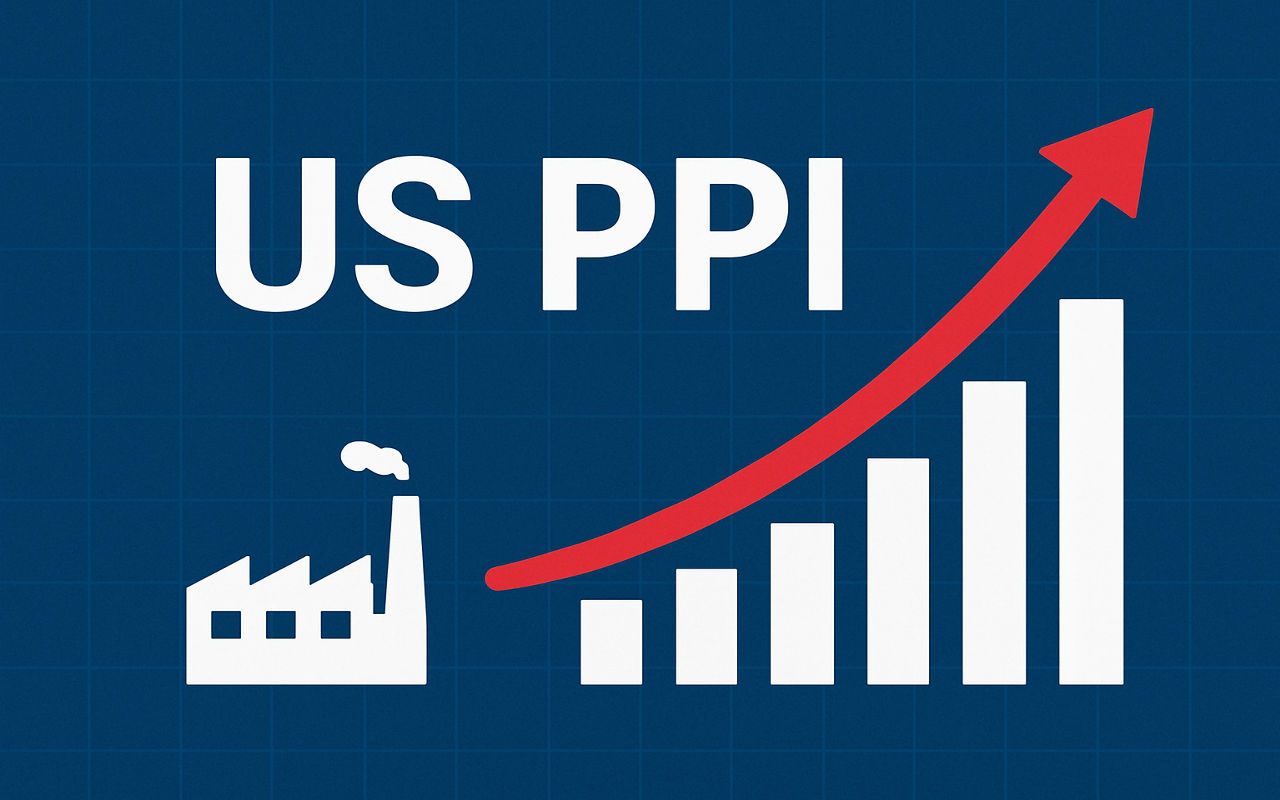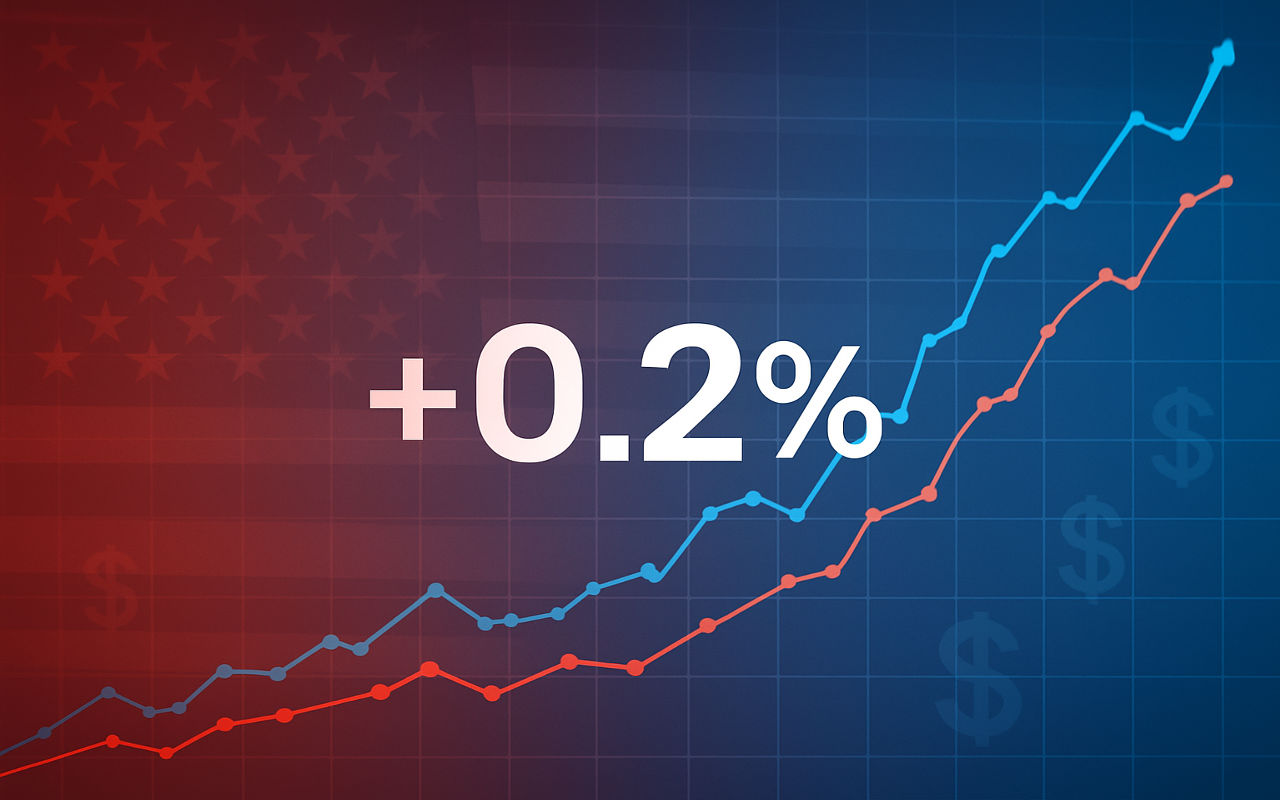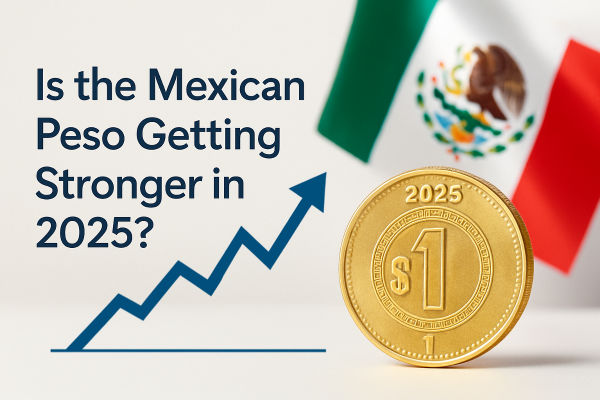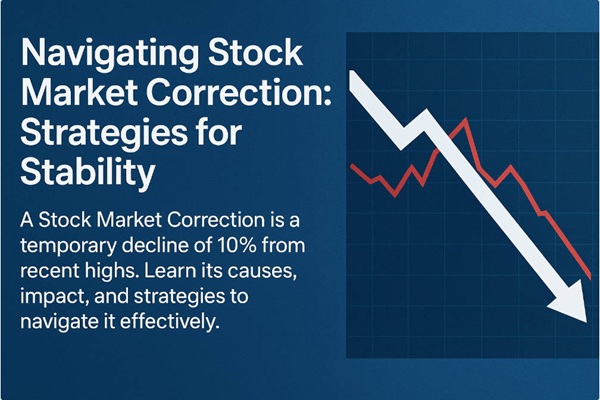The Producer Price Index (PPI), a critical measure of wholesale inflation, was scheduled for release today, November 14, 2025, at 8:30 a.m. ET, according to the Bureau of Labour Statistics (BLS). Normally, this monthly release is routine. This month, it isn't.
Following the weeks-long US government shutdown, the BLS and other statistical agencies have been racing to restart operations, clear reporting backlogs, and re-establish regular publication calendars.
That leaves investors, economists, and traders unsure whether the October PPI report will arrive on time, arrive with gaps, or be pushed back like the CPI release earlier this week.
This article explains why the PPI release is under question, market expectations, potential impacts of any delay on inflation forecasts, Federal Reserve decisions, and key indicators investors should track today.
What Today's PPI Uncertainty Means

Data Risk Remains High
Even with the shutdown over, agencies warn that some October datasets may be delayed, incomplete, or temporarily discontinued.
Markets Expect a Mild Inflation Reading
Consensus points to a 0.2% month-over-month PPI increase, keeping wholesale inflation trending gently lower.
A Delay Itself Has Market Impact
Volatility could increase if the report is delayed, as traders adjust positions amid missing inflation signals.
Why the US PPI Release Is in Question?

The Shutdown Froze Critical Data Operations
The October 2025 shutdown didn't just affect federal workers; it stalled administrative functions across multiple statistical agencies. The BLS, BEA, and related departments paused or slowed:
Price collection
Data verification
Seasonal adjustments
Inter-agency data transfers
Report publication workflows
When the government reopened, analysts immediately noted that normal operations would not resume overnight.
RBC Economics warned that "data releases for the remainder of 2025 will not follow the published calendar", adding that some reports may be released out of sequence or with revisions. [1]
Official Schedule Says November 14, but Uncertainty Remains
As of this morning, the BLS schedule still lists today at 8:30 a.m. ET as the official publication time for the October PPI.
But the independent watchdog group Friends of BLS issued a clearer warning:
"Expect significant delays, some cancellations … data may be impaired." [2]
In short, the report is scheduled, but far from guaranteed.
What Markets Expect From Today's US PPI

Consensus: A mild 0.2% monthly increase
Economists forecast a modest +0.2% month-on-month rise in PPI for October, consistent with the broader pattern of cooling inflation.
On a year-over-year basis, analysts expect wholesale inflation to fall within the 2.4%–2.6% range, markedly lower than the levels seen in 2023–2024.
The big picture is that inflation pressures continue to ease, even if unevenly.
What Matters Inside the Report
Two sub-indices will draw particular attention:
1. Goods vs Services
Goods inflation remains sensitive to tariffs, commodity prices, and supply chain bottlenecks.
Services inflation, particularly for transportation, logistics, and trade services, has been stickier.
A divergence between the two can signal how quickly inflation may continue moderating into 2026.
2. Shutdown-related data distortions
Because October data collection was disrupted, analysts warn that:
Some price samples may be missing
Reporting gaps may cause temporary anomalies
Seasonal adjustments could be inaccurate
If distortions are significant, markets may treat the report with caution even if it arrives on time.
Two Possible Outcomes: On Time or Delayed
| Scenario |
Likely Market Reaction |
| PPI released on time around +0.2% |
Eases inflation concerns; likely mild uptick in equity futures; stable bond yields. |
| PPI on time but hotter (>0.2%) |
Sparks inflation fears; tech and growth stocks may lag; yields rise; fewer rate-cut bets. |
| PPI delayed or incomplete |
Risk-off shift; USD firms; Treasuries and gold gain; volatility spikes. |
What makes this unique is that data risk itself, not the number, is driving market positioning.
Why the PPI Still Matters for the Fed
| Month |
Monthly % Change (Final Demand, MoM) |
Year-over-Year % Change (Final Demand) |
| Jan 2025 |
+0.7% |
+3.8% |
| Feb 2025 |
+0.1% |
+3.4% |
| Mar 2025 |
-0.2% |
+3.2% |
| Apr 2025 |
-0.5% |
+2.4% |
| May 2025 |
+0.4% |
+2.7% |
| Jun 2025 |
+0.1% |
+2.4% |
| Jul 2025 |
+0.7% |
+3.1% |
| Aug 2025 |
-0.1% |
+2.6% |
Although the Fed puts more weight on the PCE index, PPI is still a key leading indicator of:
If PPI is Hotter Than Expected
The Fed may:
Slow its path toward early-2026 rate cuts
Warn more explicitly about inflation persistence
Revise its growth-inflation balance at the December meeting
If PPI is Cooler or Delayed
Markets could interpret this as:
easing inflation, strengthening the case for rate cuts
weak demand, suggesting more caution on growth
lower visibility, meaning greater volatility in short-term rates
A delay or missing data doesn't just create inconvenience; it complicates monetary policy at a critical juncture.
What Investors Should Watch
1. Release Time:
Set an alert for 8:30 a.m. ET, if the PPI appears missing from the bulletin, that signals a delay.
2. Market Tone Before and After
Watch:
S&P 500 futures
Treasury yields
USD index
Gold prices
These assets often react in anticipation of the data release or its absence.
3. Goods vs Services Inflation
A widening gap in prices could indicate either ongoing supply chain disruptions affecting goods or persistent domestic pricing pressures within the services sector.
4. Fed Communications
With FOMC officials scheduled to speak over the next two weeks, any delay or unusual reading could immediately influence forward guidance.
5. Correlation with CPI
If the PPI is delayed, the CPI schedule may also shift, just as it did earlier this week.
Conclusion
In conclusion, the scheduled October 2025 PPI release is more than a routine inflation update; it is a test of how quickly US statistical reporting can resume after the shutdown.
A clean, on-time print around +0.2% would reassure markets that the data pipeline is stabilising. But any surprise, such as a hotter reading, a missing release, or an incomplete dataset, could raise new questions about inflation visibility, economic momentum, and the Fed's policy path.
Until regular reporting is fully restored, investors should stay disciplined, avoid over-reacting to one-off anomalies, and maintain diversified exposure across asset classes.
Frequently Asked Questions
Q1: When Is the PPI Scheduled?
October 2025 PPI was scheduled for release on November 14, 2025, at 8:30 a.m. ET.
Q2: Will a Delay in PPI Change the CPI Schedule?
Possibly. If PPI is delayed due to collection issues, the BLS may also change the CPI release calendar.
Q3: Is the US Inflation Picture Still Credible After the Shutdown?
Data disruptions raise credibility risk. The shutdown may result in permanent blind spots in some series for October and possibly beyond.
Q4: How Will Markets Move if the PPI Is Delayed?
Safe-haven assets may benefit (Treasuries, gold), while equities and growth names may be under pressure until visibility improves.
Q5: What Should Beginners Do When Data Is Missing or Delayed?
Focus on longer-term views, diversify across asset classes, and avoid over-reacting to temporary data gaps.
Disclaimer: This material is for general information purposes only and is not intended as (and should not be considered to be) financial, investment or other advice on which reliance should be placed. No opinion given in the material constitutes a recommendation by EBC or the author that any particular investment, security, transaction or investment strategy is suitable for any specific person.
Sources
[1] https://www.rbc.com/en/economics/us-analysis/us-featured-analysis/the-us-government-shutdown-ends-but-we-still-need-data/
[2] https://www.friendsofbls.org/updates/2025/11/12/2025-government-shutdown-faqs-on-bls-data
























